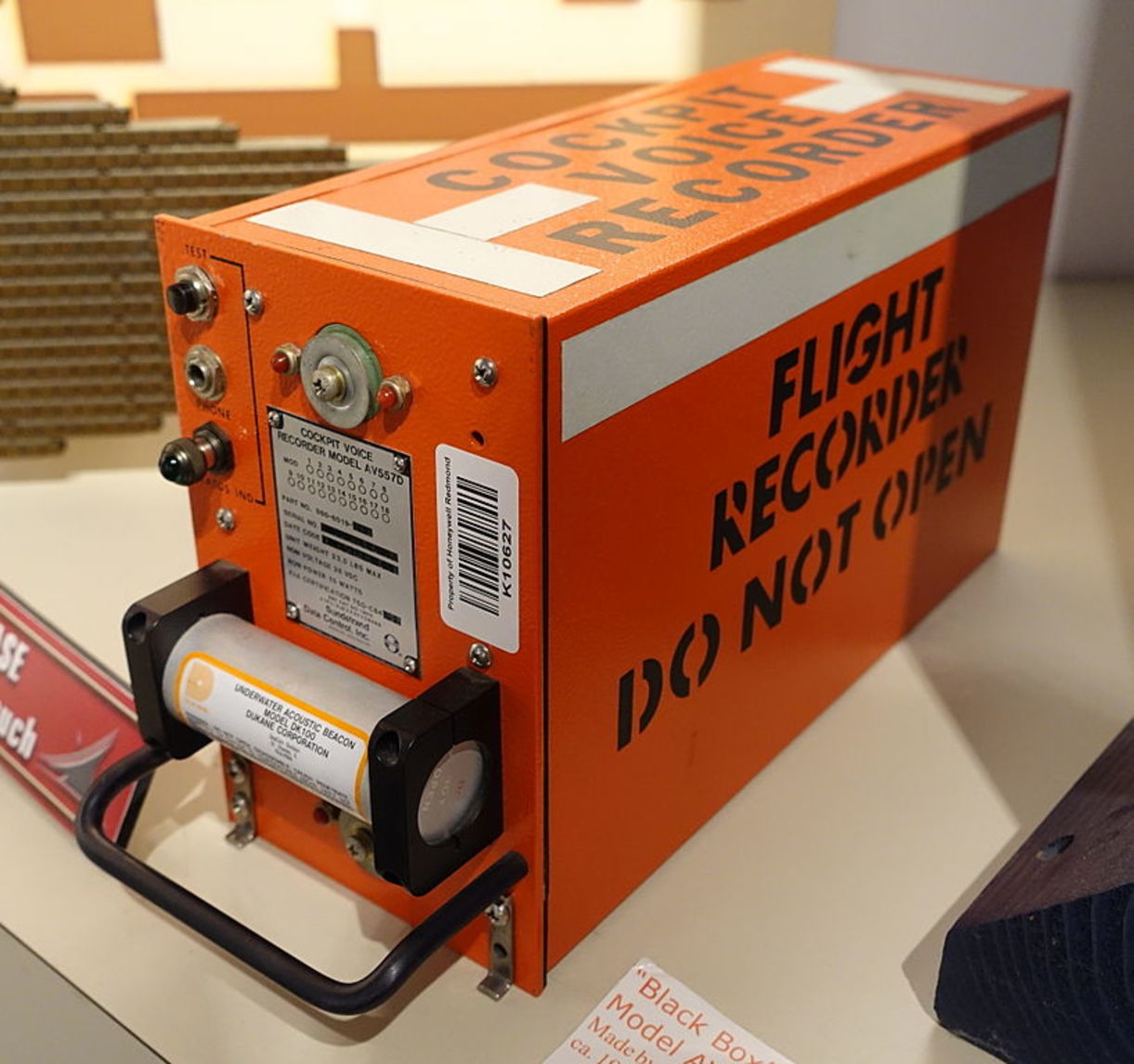
Ever wondered what happens to flight data when a plane crashes? Flight Data Recorders, often called black boxes, are the unsung heroes of aviation safety. These devices hold crucial information that helps investigators understand what went wrong. Despite their name, black boxes are actually bright orange to make them easier to find. They record everything from cockpit conversations to engine performance. Why are they so important? Because they provide the most accurate account of a flight's final moments. Without them, solving aviation mysteries would be nearly impossible. Ready to learn more? Here are 16 fascinating facts about these vital gadgets.
Key Takeaways:
- Flight Data Recorders, or "black boxes," are bright orange and record over 80 types of data to help understand aviation incidents. They are crucial for safety and can withstand extreme conditions.
- FDRs are mandatory on commercial flights and have evolved with real-time data streaming and enhanced durability. They aid in accident investigation, pilot training, and legal proceedings.
What Are Flight Data Recorders?
Flight Data Recorders (FDRs), often called black boxes, are crucial for aviation safety. They capture data from an aircraft's systems and environment, helping investigators understand incidents.
-
FDRs are bright orange. Despite the name "black box," these devices are painted bright orange to make them easier to find after a crash.
-
They record multiple data points. FDRs capture over 80 different types of data, including speed, altitude, and engine performance.
-
Two main types exist. There are Cockpit Voice Recorders (CVRs) and Flight Data Recorders (FDRs). CVRs capture audio from the cockpit, while FDRs log flight data.
How Do Flight Data Recorders Work?
Understanding how these devices function can shed light on their importance in aviation.
-
They use solid-state memory. Modern FDRs use solid-state memory, which is more reliable and durable than older magnetic tape systems.
-
Data is recorded in a loop. FDRs continuously record data in a loop, typically storing the last 25 hours of flight information.
-
They are crash-survivable. Built to withstand extreme conditions, FDRs can endure impacts up to 3,400 Gs and temperatures as high as 1,100 degrees Celsius.
Why Are Flight Data Recorders Important?
The significance of FDRs extends beyond just recording flight data. They play a vital role in aviation safety and accident investigation.
-
They help prevent future accidents. By analyzing FDR data, investigators can identify the causes of accidents and recommend safety improvements.
-
They assist in pilot training. FDR data is used to train pilots, helping them learn from past incidents and improve their skills.
-
They provide legal evidence. In the event of an accident, FDR data can serve as crucial evidence in legal proceedings.
Interesting Facts About Flight Data Recorders
Beyond their technical aspects, FDRs have some fascinating features and history.
-
First used in the 1960s. The first FDRs were introduced in the 1960s, revolutionizing aviation safety.
-
They are mandatory on commercial flights. International aviation regulations require all commercial aircraft to be equipped with FDRs.
-
They can be located underwater. FDRs are equipped with underwater locator beacons that emit signals for up to 30 days, aiding in recovery efforts.
Innovations in Flight Data Recorders
Technology continues to evolve, and FDRs are no exception. Recent advancements have made these devices even more effective.
-
Real-time data streaming. Some modern FDRs can stream data in real-time, allowing ground crews to monitor flights continuously.
-
Enhanced data storage. Newer FDRs can store more data for longer periods, providing a more comprehensive view of flight conditions.
-
Improved durability. Advances in materials and design have made FDRs even more resilient to extreme conditions.
-
Integration with other systems. Modern FDRs can integrate with other aircraft systems, providing a more holistic view of flight operations.
The Final Word on Flight Data Recorders
Flight data recorders, or black boxes, are essential for aviation safety. They capture crucial information during flights, helping investigators understand what happened in the event of an accident. These devices are incredibly durable, designed to withstand extreme conditions like high impact and intense heat. They record data from various sensors and microphones, providing a comprehensive picture of a flight's final moments.
Black boxes have evolved over the years, now featuring advanced technology that enhances their reliability and accuracy. They play a vital role in improving aviation safety standards by offering insights that lead to better aircraft design and operational procedures. Understanding these facts about flight data recorders highlights their importance in the aviation industry. Next time you board a plane, remember the silent guardians working tirelessly to keep you safe in the skies.
Frequently Asked Questions
Was this page helpful?
Our commitment to delivering trustworthy and engaging content is at the heart of what we do. Each fact on our site is contributed by real users like you, bringing a wealth of diverse insights and information. To ensure the highest standards of accuracy and reliability, our dedicated editors meticulously review each submission. This process guarantees that the facts we share are not only fascinating but also credible. Trust in our commitment to quality and authenticity as you explore and learn with us.


